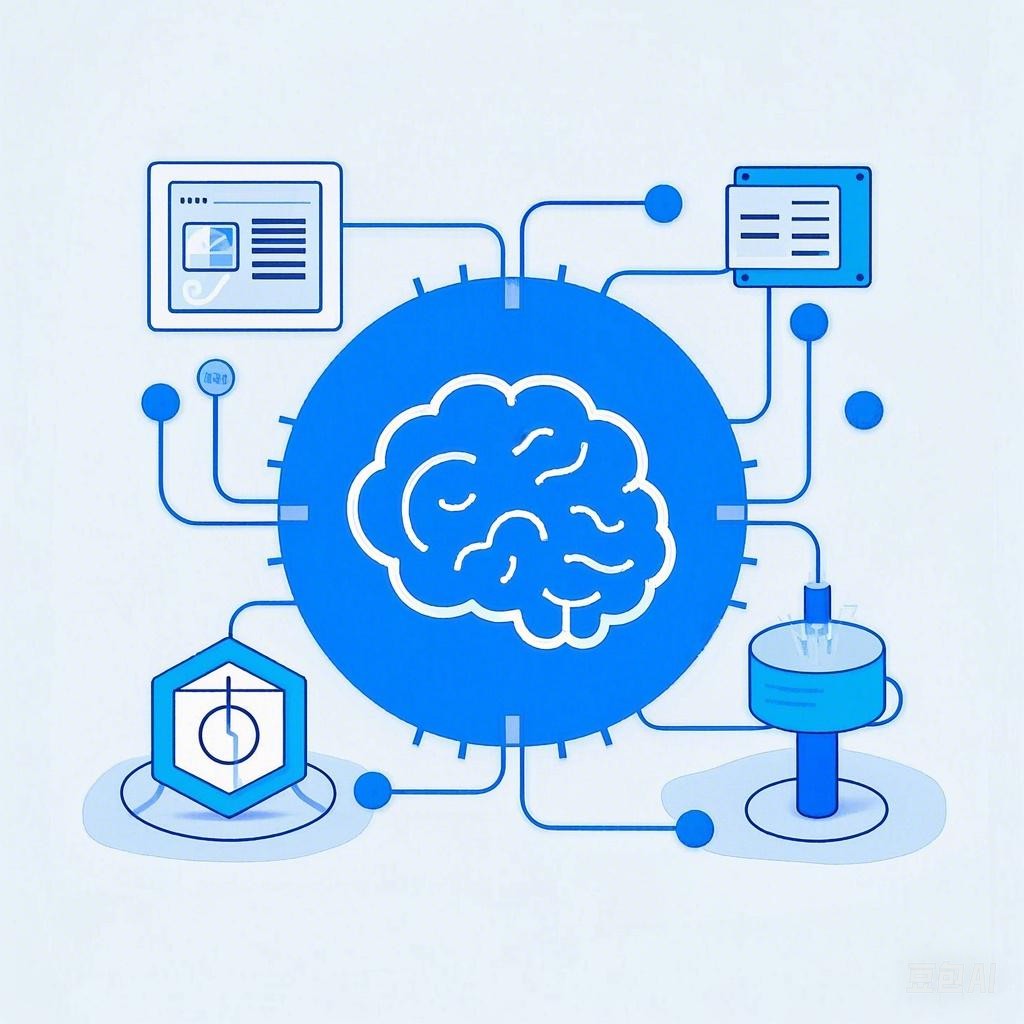智能语音交互技术近年来取得了显著的发展,已经成为人机交互领域的重要分支。这项技术让机器能够通过语音识别、自然语言处理和响应生成等功能,理解并响应用户的指令。以下是智能语音交互技术的揭秘,探讨如何让机器“听懂”你的话。
1. 语音识别
语音识别是智能语音交互技术的第一步,它将用户的语音信号转换为可处理的文本信息。以下是语音识别的基本流程:
1.1 语音信号采集
首先,通过麦克风或其他语音采集设备将用户的语音转换为数字信号。
import soundfile as sf
# 采集语音
def record_audio(duration=5):
audio = sf.record('output.wav', samplerate=16000, channels=1, dtype='float32')
sf.write('output.wav', audio, 16000)
1.2 特征提取
接着,使用声学模型对语音信号进行分析,提取出反映语音内容的特征,如音调、响度、音色等。
import librosa
# 提取特征
def extract_features(audio_path):
y, sr = librosa.load(audio_path)
mfccs = librosa.feature.mfcc(y=y, sr=sr)
return mfccs
1.3 识别模型
利用深度学习模型对提取的特征进行分类,识别出相应的语音内容。
import tensorflow as tf
# 构建识别模型
def build_recognition_model():
model = tf.keras.Sequential([
tf.keras.layers.Dense(64, activation='relu', input_shape=(13,)),
tf.keras.layers.Dense(10, activation='softmax')
])
model.compile(optimizer='adam', loss='sparse_categorical_crossentropy')
return model
# 训练模型
def train_model(model, x_train, y_train):
model.fit(x_train, y_train, epochs=10)
2. 自然语言理解
自然语言理解(NLP)是智能语音交互技术的核心部分,它使机器能够理解用户的意图和语义。
2.1 语义分析
对识别出的文本进行语义分析,包括词性标注、句法分析等。
import spacy
# 加载NLP模型
nlp = spacy.load('en_core_web_sm')
# 进行语义分析
def analyze_semantics(text):
doc = nlp(text)
return [(token.text, token.lemma_, token.pos_, token.dep_, token.ent_type_) for token in doc]
2.2 意图识别
根据语义分析结果,识别出用户的意图。
# 假设已定义意图列表
intents = ['greeting', 'question', 'command']
# 识别意图
def recognize_intent(text):
doc = nlp(text)
for token in doc:
if token.text in intents:
return token.text
return 'unknown'
3. 响应生成
根据用户的意图,智能语音交互系统会生成相应的响应。
3.1 回应模板
定义一些常用的响应模板,根据用户意图选择合适的模板进行生成。
# 响应模板
response_templates = {
'greeting': 'Hello! How can I help you?',
'question': 'Sure, I can help with that. What do you want to know?',
'command': 'Alright, I will execute the command.'
}
# 生成响应
def generate_response(intent):
return response_templates.get(intent, 'Sorry, I don\'t understand your command.')
3.2 响应合成
将生成的响应转换为语音,通过语音合成技术输出。
import gtts
# 生成语音
def generate_speech(text):
tts = gtts.gTTS(text=text, lang='en')
tts.save('response.wav')
通过以上三个步骤,智能语音交互技术可以使机器“听懂”你的话,并生成相应的响应。随着技术的不断发展,未来智能语音交互将更加自然、流畅,为人们的生活带来更多便利。
